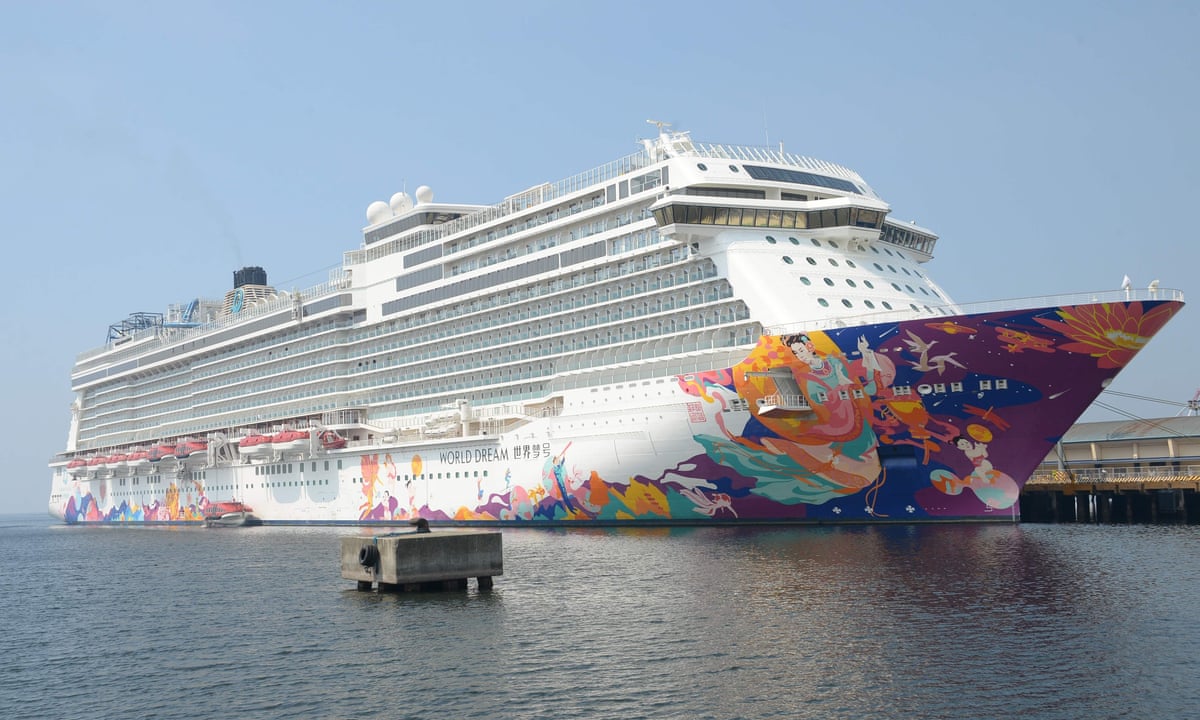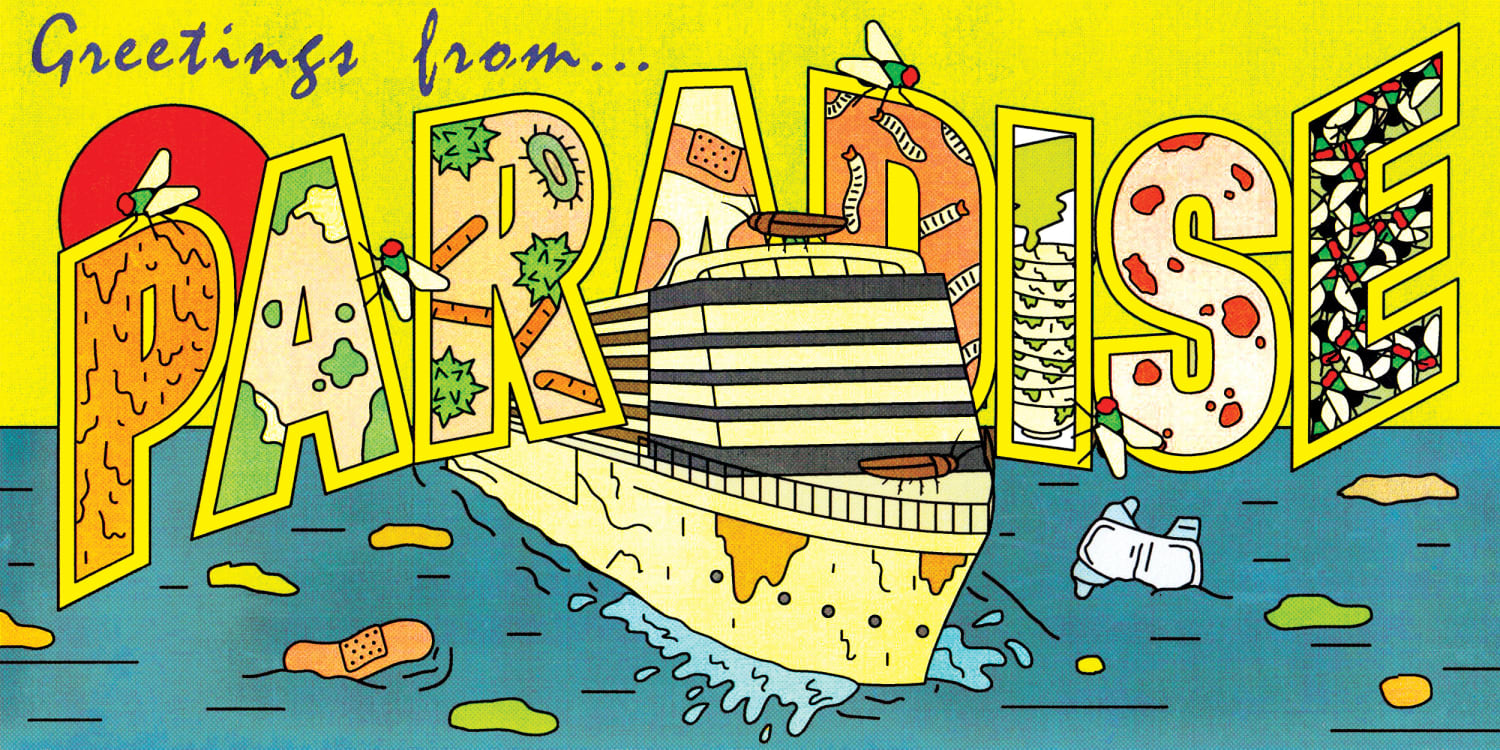Bacteria On Cruise Ships

People often associate cruise ships with acute gastrointestinal illnesses such as norovirus but acute gastrointestinal illness is relatively infrequent on cruise ships.
Bacteria on cruise ships. Black Watch ship prompting the cruise to end early. The court ruling found Fred Olsen Cruises responsible for exposing the man to Legionnaires disease. But on shore Ketchikans wastewater treatment plants are far less effective.
Cruise ships are often described as floating cities and their waste management is no different than a small municipality. Coronavirus on cruise ships. Cruise ships are able to achieve those low bacteria levels because they have advanced treatment systems onboard.
To trap viruses bacteria. Prior to the early 1970s most outbreaks of gastrointestinal illness were due to inadequate food handling and water sanitation. If these bacteria multiply exponentially and are not removed then they spoil the living condition on ship making it.
The bacteria was discovered on the MS. GI outbreaks on cruise ships from food and water sources have also been associated with Salmonella spp enterotoxigenic Escherichia coli Shigella spp Clostridium perfringens and Cyclospora cayetanensis. To find out where germs may lurk aboard cruise ships the Rossen Reports team went undercover on a four-day Caribbean cruise armed with test swabs and an official bacteria meter.
With thousands of people onboard a ship there is a need for a sophisticated approach to managing where everything goes once people are done with it from human waste to recycling to leftover food. Norovirus is a common cause of viral gastroenteritis found on cruise ships. The cruise industry calls foul on the study however.
From 2008 to 2014 74 million passengers sailed on cruise ships in the Vessel Sanitation Programs jurisdiction. Types of bacterial gastroenteritis infections include Escherichia coli and Salmonella. Sewage from cruise ships includes not only human waste but also bacteria viruses chemicals pharmaceuticals heavy metals nutrients and hazardous waste.



















